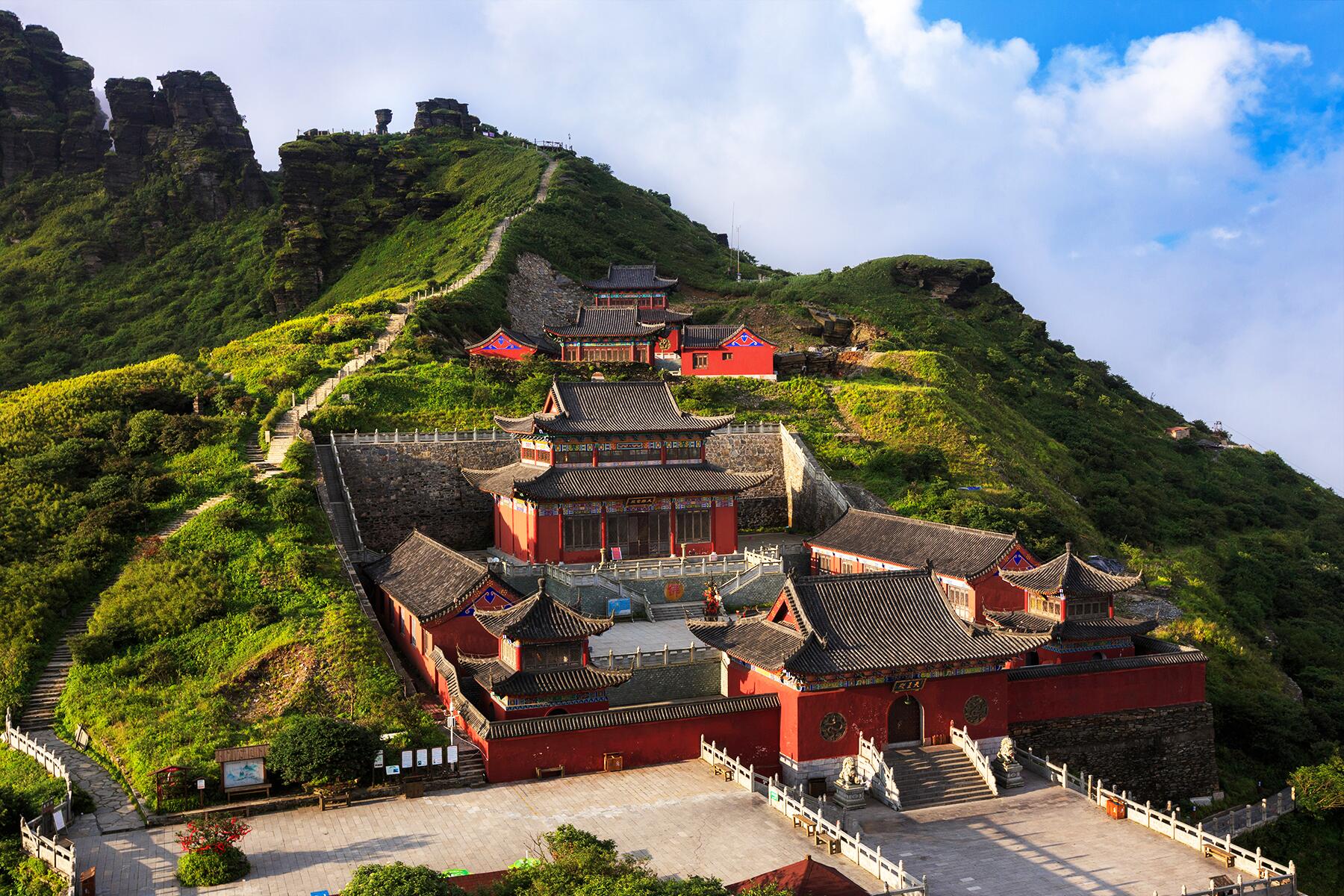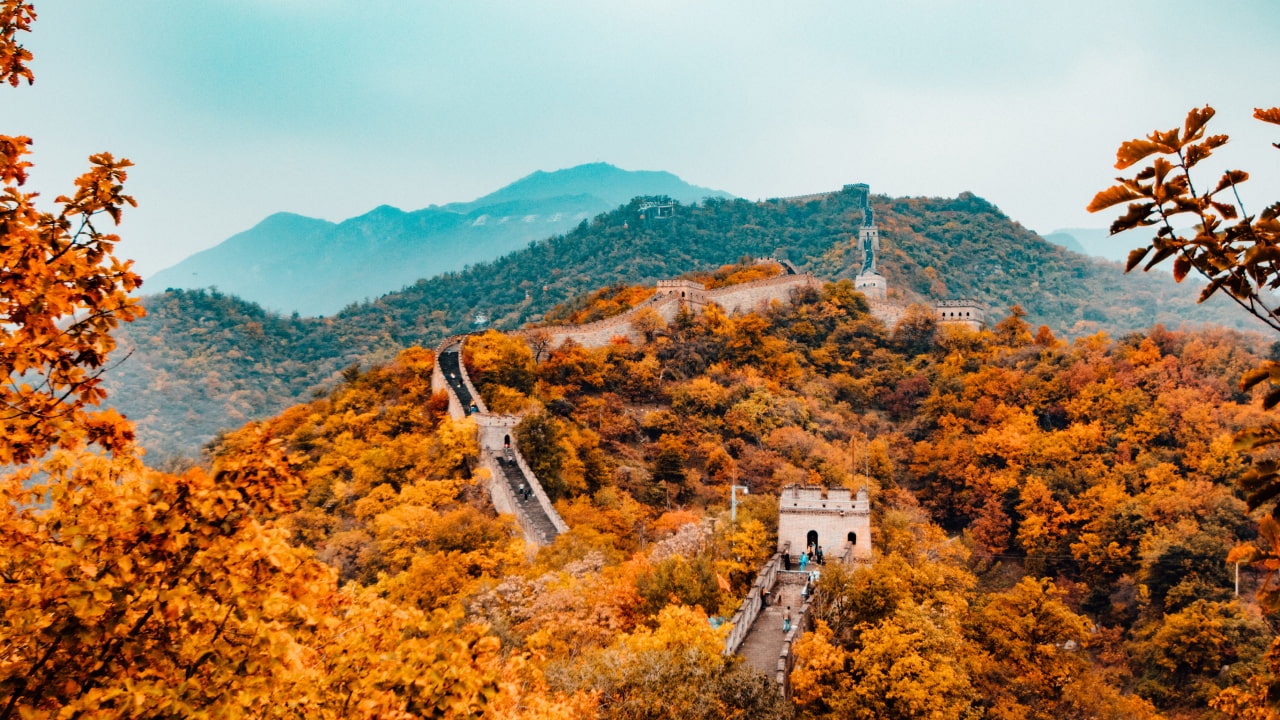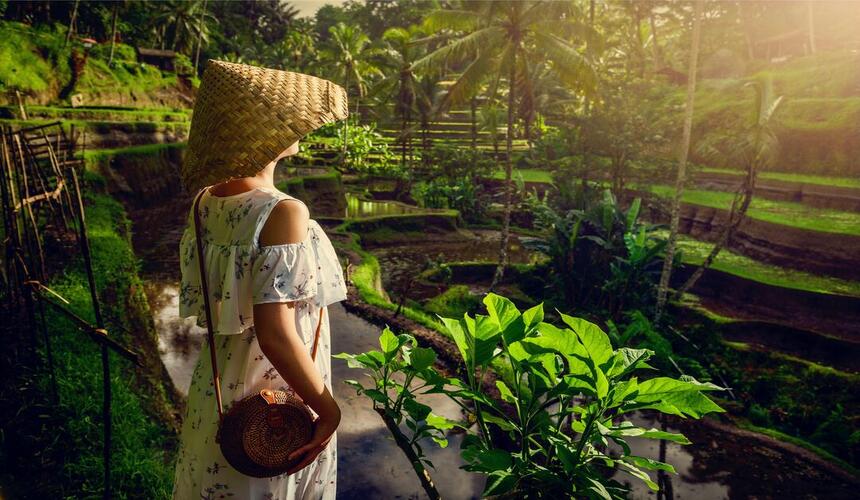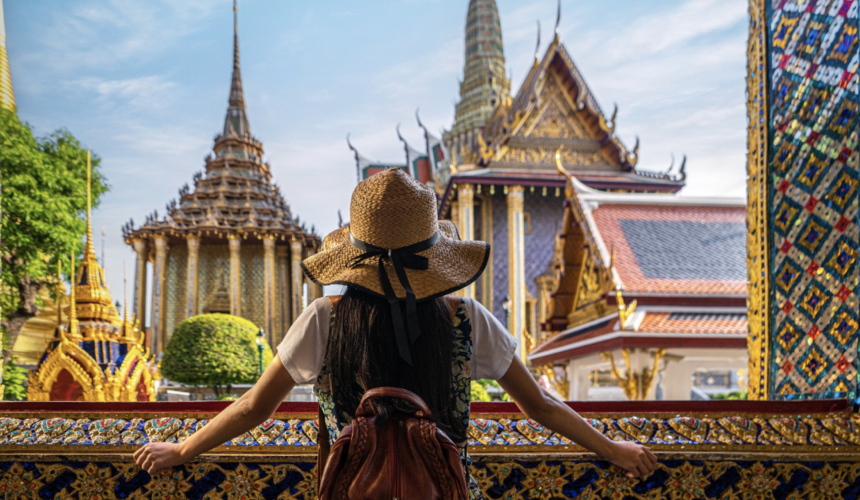
China’s World Heritage Sites You Must Visit!
Did you know that China has 55 sites listed under UNESCO World Heritage Sites? Some of them such as Fujian Tulou, Great wall and Yellow Mountains might sound very familiar to you, but today Expats Holidays would like to list some heritages that are less popular.
Chengde Mountain Resort (1994)
World Cultural Heritage Site
Location: Chengde, Hebei
Chengde Mountain Resort is a large complex known as a model of the perfect combination of Chinese imperial palaces and gardens. During your visit, you will not only enjoy the splendor of palaces , but also learn about some interesting stories of the Qing Dynasty emperors.

Lushan National Park (1996)
World Natural Heritage Site
Location: Lushan District, Jiangxi
Apart from its breathtaking natural scenery, Lushan is the birthplace of Chinese landscape poetry. Therefore, you can find old temples and structures here.

Ancient City of Ping Yao (1997)
World Cultural Heritage Site
Location: Pingyao County, Shanxi
Pingyao Ancient City, with over 2700 years of history, still keeps its authentic layout and style intactly: long ancient city walls, elegant residences and courtyards, vertical and horizontal streets and alleys, scattered banks and escorts, that all marked a prosperous county during Ming and Qing dynasties.

Mount Qingcheng (2000)
World Cultural Heritage Site
Location: Dujiangyan City, Sichuan
Mount Qingcheng is one of the cradles of Taoism in China. The Mountain has covered many historical and cultural sites with tranquil scenery. It has a great historical and artistic value in researching the Taosim philosophy of China.

Three Parallel Rivers of Yunnan Protected Areas (2003)
World Natural Heritage Site
Location: Yunnan
It is the place where the headwaters of the Nu River,Mekong River, and Yangtze River flow in parallel for more than 170 kilometers from north to south in Yunnan Province. The site is an epicentre of Chinese biodiversity.

Kaiping Diaolou and Villages (2007)
World Cultural Heritage Site
Location: Kaiping, Guangdong
Kaiping Diaolou and Villages feature the Diaolou, a multi-storeyed defensive village houses in Kaiping, which display a complex and flamboyant fusion of Chinese and Western structural and decorative forms.

Sanqing Mountain (2008)
World Cultural Heritage Site
Location: Yushan County, Jiangxi
Sanqing Mountain is famous for its exceptional scenic quality, marked by the concentration of fantastically shaped pillars and peaks many of which resemble human or animal silhouettes.

Honghe Hani Rice Terraces (2013)
World Cultural Heritage Site
Location: Yuanyang County, Yunnan
The terraces cover over 16,600 hectares of land, the largest vertical section containing from bottom to top, 3,000 terraces. When the sky reflects off the water that fills the terraces, the entire mountainside seems to turn the color of the sky.

Xinjiang Tianshan (2013)
World Natural Heritage Site
Location: Xinjiang
Xinjiang Tianshan presents unique physical geographic features and scenically beautiful areas including spectacular snow and snowy mountains glacier-capped peaks, undisturbed forests and meadows, clear rivers and lakes and red bed canyons.

Hubei Shennongjia (2016)
World Natural Heritage Site
Location: Hubei
Virgin forests, clear streams and grand waterfalls in the thousands of canyons beckon you to indulge in the wild nature. You can also enjoy the different beauties at different altitudes.

Kulangsu Island (2017)
World Cultural Heritage Site
Location: Fujian
On this island you can find a mixture of different architectural styles including Traditional Southern Fujian Style, Western Classical Revival Style and Veranda Colonial Style.

Qinghai Hoh Xil (2017)
World Natural Heritage Site
Location: Qinghai
Qinghai Hoh Xil is the largest and highest plateau in the world. This park is important migratory route of the Tibetan antelope, one of the endangered large mammals that are endemic to the plateau.

How many China’s World Heritage Sites have you visited? Explore as much as you can during your stay in China! For more travel details, talk to our travel consultants right ahead!
Leave a Reply:
You must be logged in to post a comment.



